So who exactly is going to be using mobile sculpting applications like Nomad sculpt and Forger app?
Just in case you don’t know, digital sculpting is a type of 3D modeling. Rather than manipulating points, edges, and polygon faces, the artist usually uses a graphic tablet and a stylus to push, pull, scrape, flatten, add clay, remove clay and all the things a traditional clay sculptor would be able to. The digital clay space is dominated by ZBrush which has been around since the late 1990’s. ZBrush was quickly followed by Mudbox, 3Dcoat and a few more dedicated sculpting programs that lead to fully-fledged animation and modeling packages getting sculpting features and tools. Programs like Modo, Cinema4D, Blender and Maya all have getting sculpting natively.
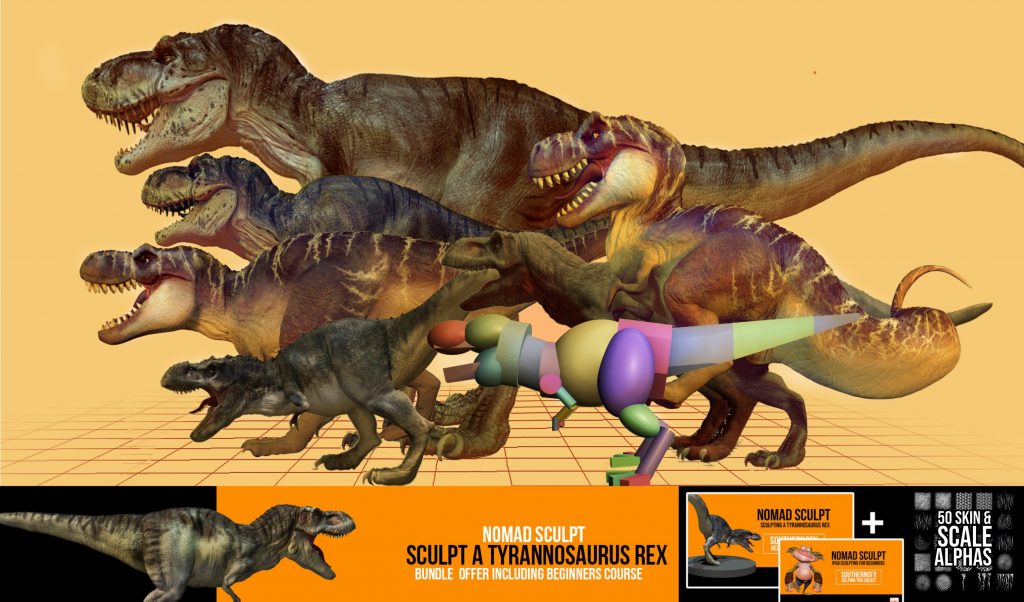
We now have apps that allow us to sculpt on mobile devices like an iPad. Forger on the iPad has been around for over 10 years so it’s not exactly a new phenomenon. Nomad sculpt entered the market with a bang in 2020 and quickly established dominance as the development for Forger app seemed to stop. We now know that’s because of the acquisition by Maxon who make Cinema4D.
New creation tools spring up all the time but there aren’t that many 3D modelling solutions available on mobile devices. That could be for a number of reasons but the limitations of the hardware will be the main stumbling block and in the last couple of years as Apple have improved the chipsets and increased the amount of physical memory that is obviously becoming less and less of an issue.
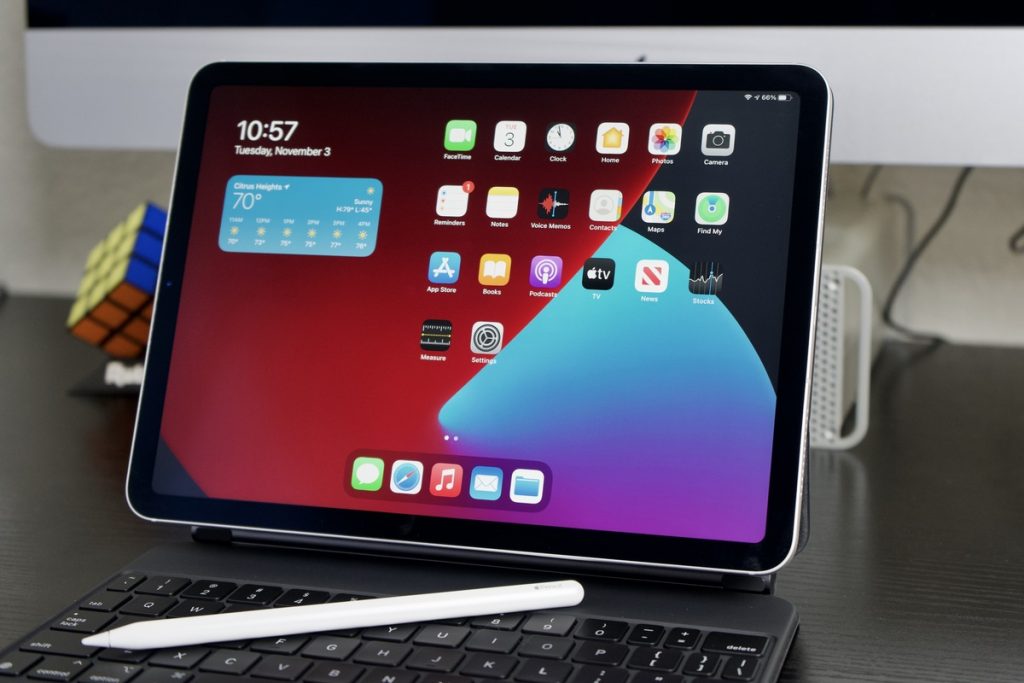
I’ve been using and promoting both of these apps now for about eight months and I’ve started to wonder who are the apps actually aimed at and who is actually now using them and I’ve come to the conclusion that there are two main groups
The first group generally speaking are people who have never really tried 3D or have tried and found it difficult using overly complex programs. When you’ve been modeling for years it is very easy to forget how daunting it can be when you first start to use 3-D modeling or sculpting programs. Try explaining things like Voxel remesh, Dynamesh, Dinetopo, Vertex painting or dynamic tessellation to someone who isn’t a 3D artist and they will look at you as if you are speaking in an alien language. Mobile sculpting, while not having a lot of the technical tools such as UV unwrapping or projection tools, does allow someone to dive right in and create something quite spectacular with very little knowledge or prior artistic skill.
The second largest group seems to be comprised of people who are very used to digital sculpting with programs like ZBrush and Blender and they want a solution where they can continue the work away from the confines of a desk-bound program but also use any work that they create back in their favorite host program.
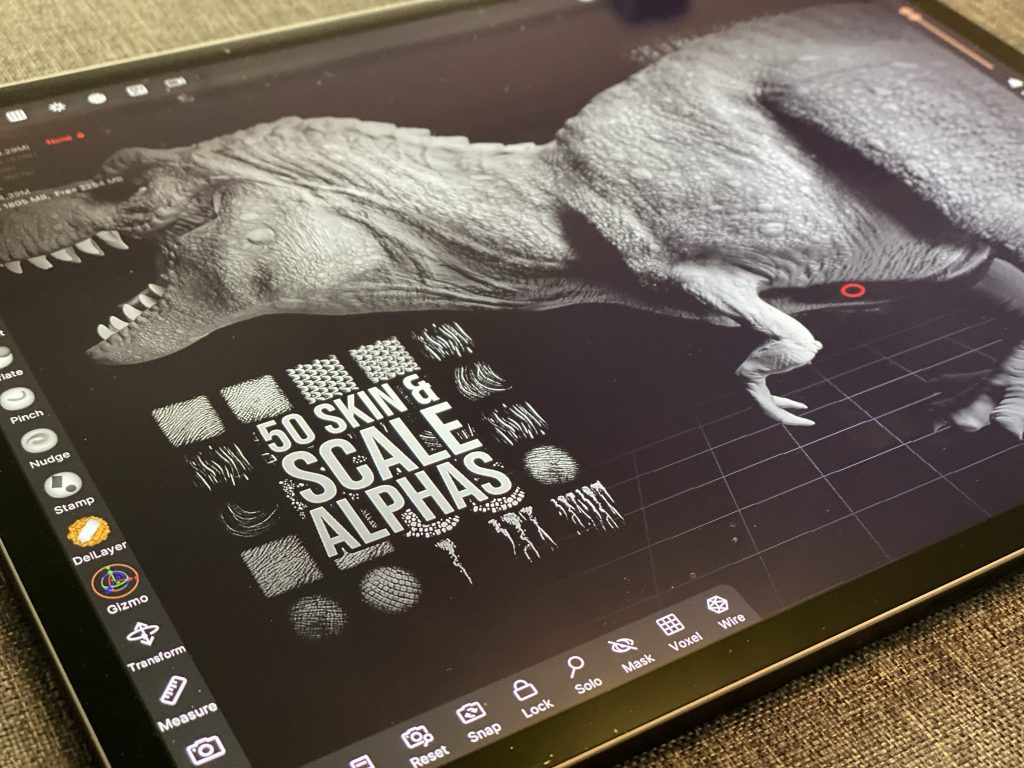
This is a very different group than the first one because these artists are very familiar with the tools, workflows and techniques and simply want a convenient way to do what they do every day but with more flexibility. There are also some really good analogies in VR creation tools where programs like gravity sketch, which started on the iPad, now allow the creator to begin on the iPad or Wacom graphic tablet and then jump in and out of VR as needed. Being able to work across multiple devices in different ways can improve productivity and motivation for artists. яндекс
Obviously sculpting on a device like an iPad comes with some limitations and those include things like the Apple Pencil not having buttons, not all devices having a large enough memory allocation. The lack of technical features like UV mapping, the ability to bake out maps and of course no developer has cracked retopology on the iPad yet.
I generally hear more complaints from the former group more than the latter. Someone whose only tool is an iPad sculpting app may think it’s possible to do an end-to-end process and then be frustrated with the missing parts of the pipeline. The latter group however are usually more forgiving as they know that they can continue with their technical work once back at the desk.
This is an incredibly interesting space to watch as it develops and along with VR is one of the creative spark bases that has become available as the hardware catches up to the software.
I have, of course, simplified the groups and there are many more scenarios where artists from more diverse backgrounds may be utilizing these new tools including people with a background in jewelry, prop-making, dentistry, fashion design, toy creators, and more.
As the hardware continues to accelerate and CPU and GPU power become abundant in the smaller mobile devices this sector will see even more of a boom.
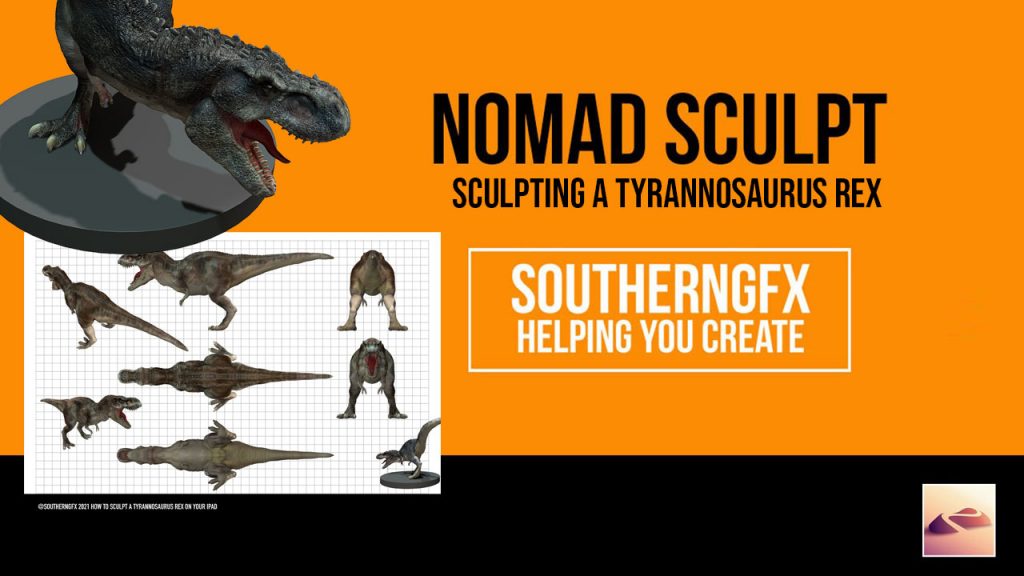
I just recorded a 45-minute presentation that covers this exact topic for Vertex 2022.
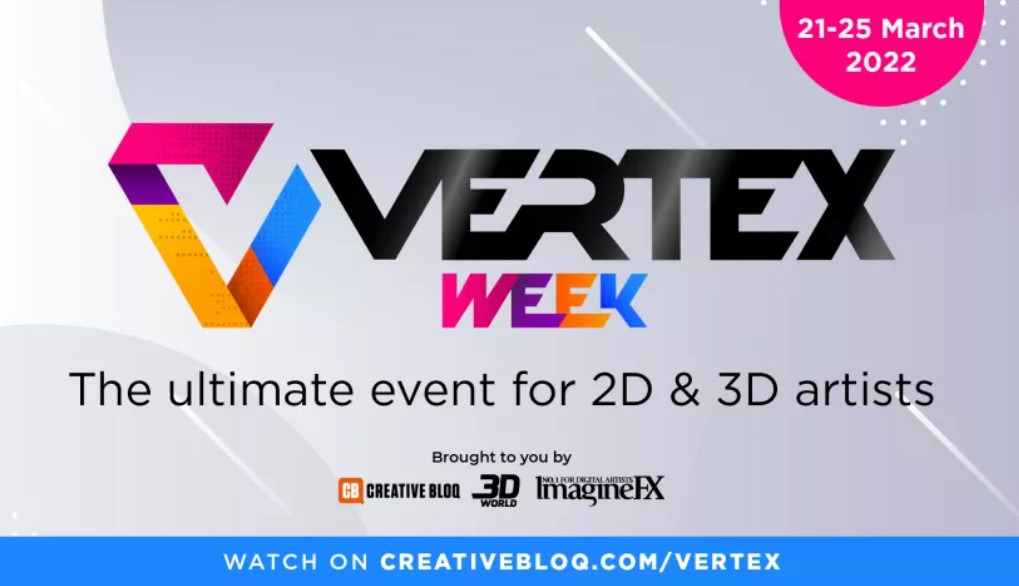
https://www.creativebloq.com/how-to/vertex-week-ipad-3d-sculpting

